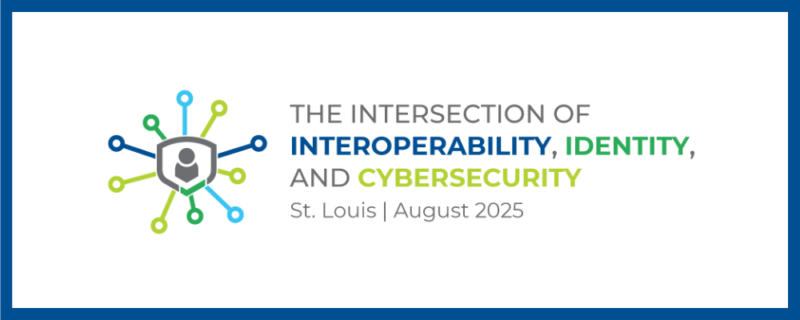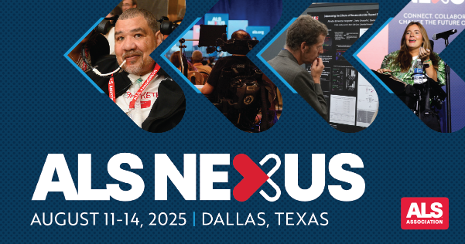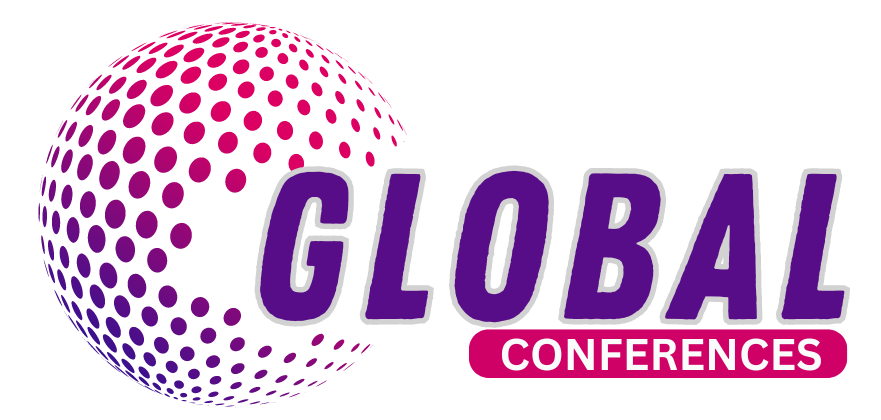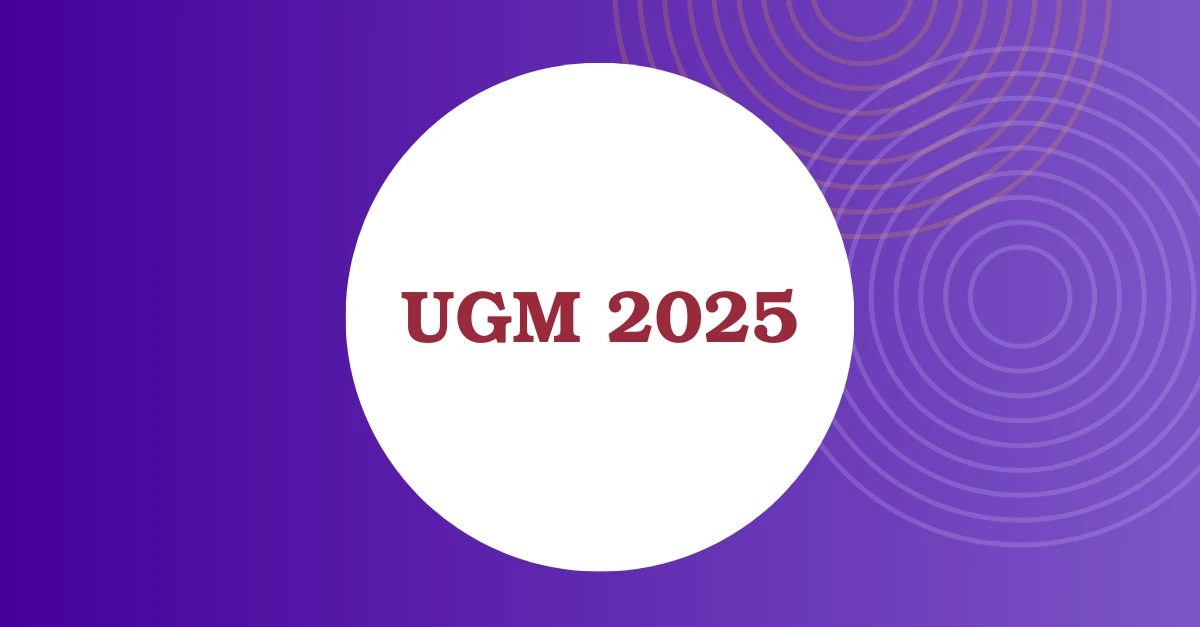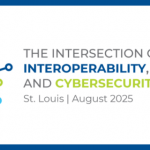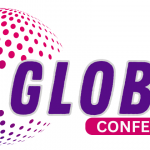Strategic Planning for EMR Adoption
Tessa Boudreaux, MBA
When planning to convert a paper-based medical office to an electronic medical record (EMR) or planning the migration from one EMR application to another, it is important to consider several key aspects of this project from both a strategic and end-user perspective. Strategically, the project manager should focus on mapping workflows before and after implementation in order to assess impact to patient care: to accurately track the passing of the baton through the medical relay team. From an end-user perspective, the project manager needs to understand the needs of their team, their departures from established workflows, and their software/hardware skillset. Workflow mapping can prove to be extremely beneficial as the implementation of an EMR will change the existing workflows for the practice in areas such as communications with patients via a portal, management of scheduling and appointment confirmation, and generation of labs and recalls. In order for the project manager to accurately document their workflow prior to implementation, they must spend some paper to pen time reviewing not only the typical activities of the practice but also how the practice interfaces with external organizations such as vendors and insurance carriers. While practice administrators or champion physicians may find it challenging to find the time to document these workflows, this practice becomes a tremendous asset when evaluating an EMR product for a successful implementation. Once workflows have been documented, the project manager can then work with the EMR software provider to document workflows after implementation. This is a key training tool that will assist the practices’ implementation team in highlighting new workflows for training emphasis. The documented workflows will also become critical for ensuring a smooth transition with external organizations. Documented workflows also become a valuable negotiating tool when that first sales person waltzes through your door. From the end-user perspective, the project manager may now take the pre and post implementation
workflows and begin to build their training program, highlighting first staff knowledge to run the practice on day one. From this starting point, the project manager or implementation team can begin to build knowledge using adult-education tools and yet being mindful of the learner population within the practice. While the EMR vendor can be very helpful with this phase of the project, customized training modules should not be expected. But this is where the project manager’s knowledge of the staff, their ability and willingness to adapt to new software/hardware, can deliver tremendous success in the EMR implementation phase. Most practices will have one or two technically advanced team members; these are excellent Superuser candidates. Most practices will also have one or more technically challenged members; these are the staffers who must be trained in a non-threatening way, beginning with need to know or job related workflows first. These team members must know that the implementation or conversion of the EMR will not cost them their jobs. Knowing the learning styles of the staff is also tremendously valuable, for example, with kinesthetic learners, focusing on training before launching the EMR on your server will just result in frustrating your team. Train these tactile learners on the application, once it’s in place.
Finally, the project manager and team should evaluate hardware needs for the EMR implementation; again here is where knowledge of day-to-day workflows and deviations becomes a significant tool for the project manager. How many software applications does a Medical Assistant touch daily, whose workflows demand double monitors, networked printers or scanners? Evaluating hardware/software needs of the staff will ensure that when your practice does implement, your workflows won’t suffer from any bottlenecks.














